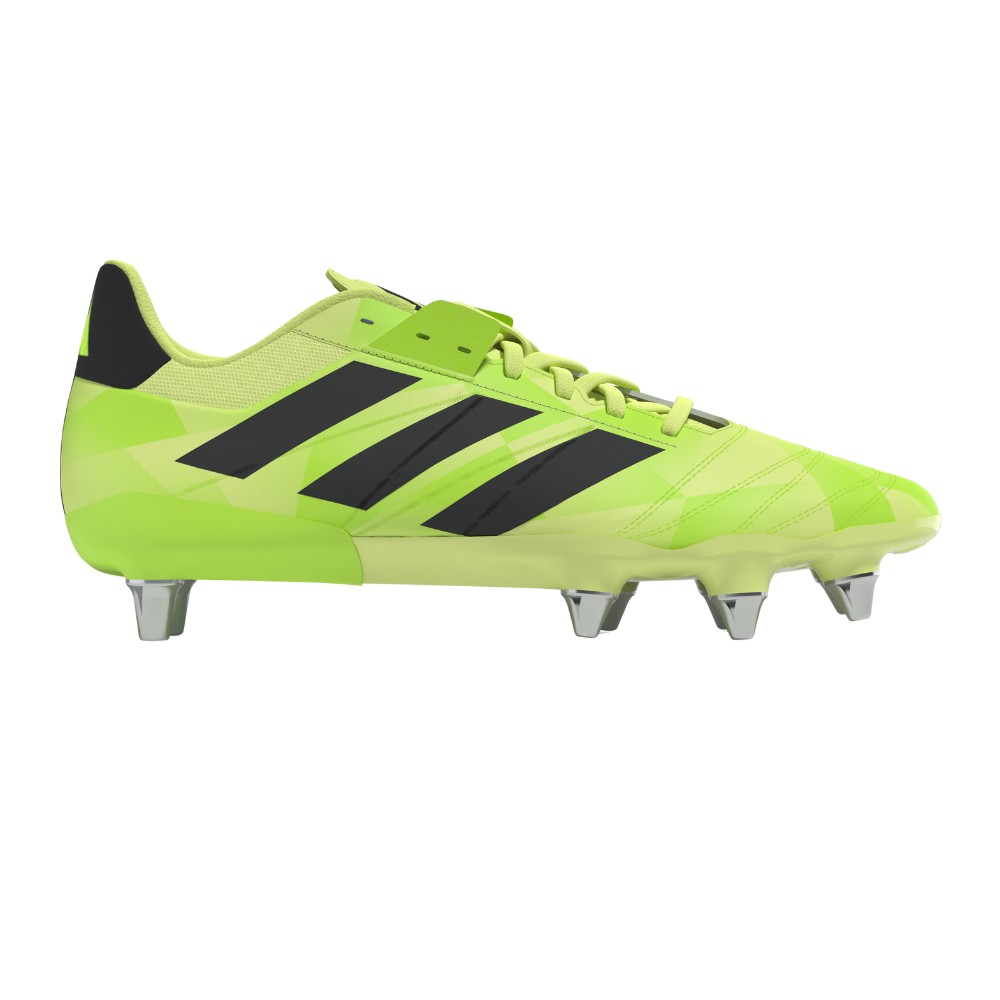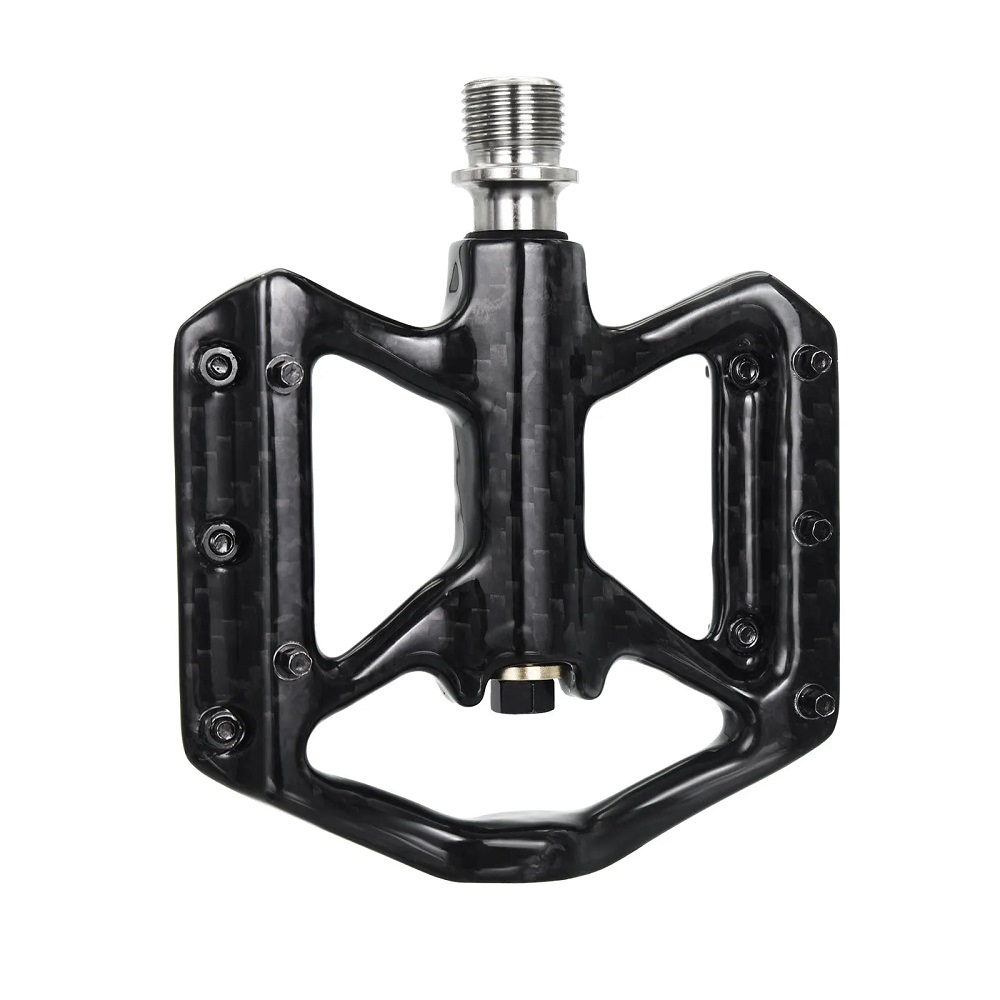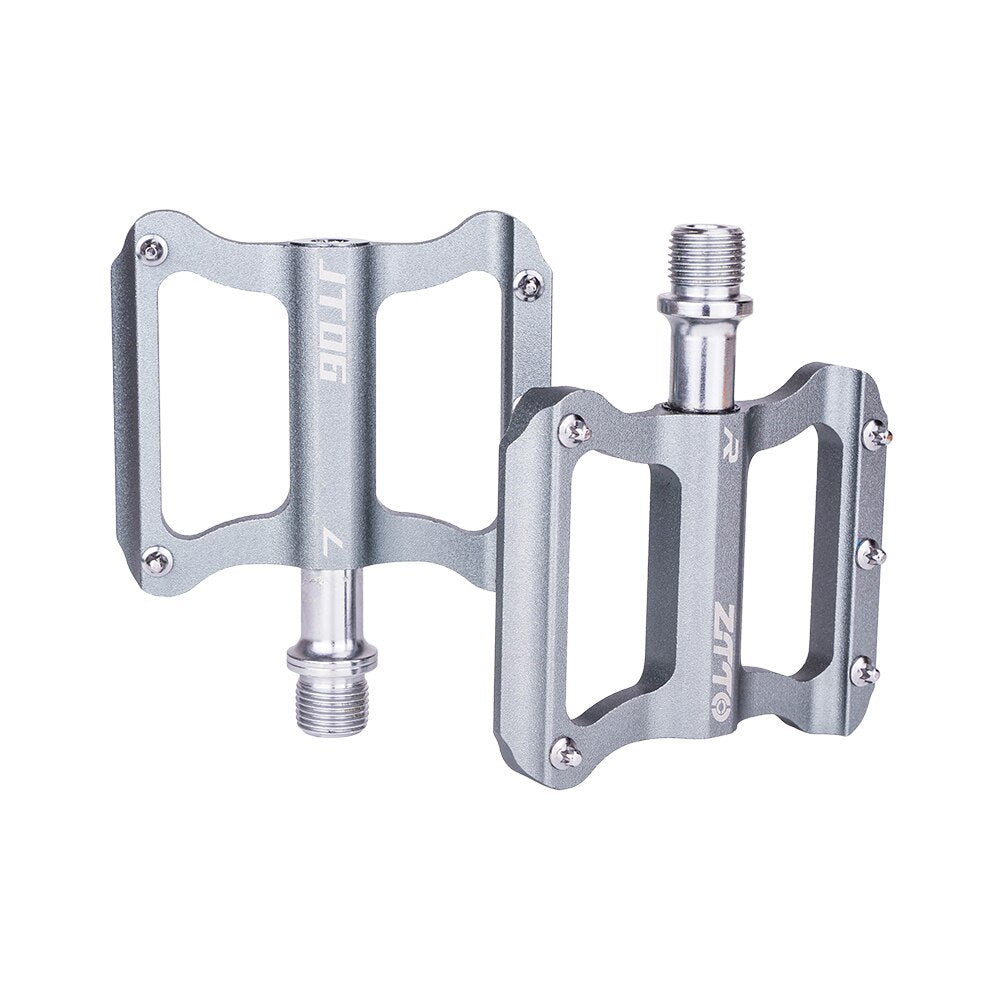When it comes to cycling, choosing the right pedals can significantly impact your comfort, control, and overall riding experience. Flat pedals, in particular, have gained popularity among road bike enthusiasts. They offer a unique combination of benefits that make them a desirable choice for many cyclists. This article will explore the advantages of flat pedals for road bikes, focusing on comfort, control, and the enjoyable riding experience they provide.
Understanding Flat Pedals
What are Flat Pedals?
Flat pedals, also known as platform pedals, provide a broad and level surface for your feet. They do not require special cycling shoes with cleats, allowing riders to wear virtually any kind of footwear. This feature makes flat pedals accessible for a wider range of cyclists, from casual riders to serious enthusiasts. They come in various designs, materials, and sizes, accommodating different preferences and styles.
Comparison to Clipless Pedals
Clipless pedals, on the other hand, attach to specialized shoes through a cleat mechanism. While they offer advantages in terms of power transfer, they can be less forgiving for beginners or casual cyclists. Flat pedals allow for easier entry and exit, making them user-friendly. This accessibility makes them appealing for those new to cycling or those who may not want to invest in specialized footwear.
Design Features
Flat pedals are often designed with features that enhance grip and stability. Many models incorporate non-slip surfaces, raised pins, and ergonomic shapes to hold the foot securely in place while cycling. This thoughtful design improves control and confidence, especially when navigating through challenging terrains or during high-intensity rides.

The Comfort Factor
No Need for Specialized Shoes
One of the most significant advantages of using flat pedals is that they do not require specialized cycling shoes. Riders can use any comfortable footwear, allowing for flexibility and ease. This means that you can wear your favorite sneakers, sandals, or even casual shoes whenever you ride. This feature doesn’t just enhance comfort but also eliminates the need for separate cycling gear.
Comfort on Long Rides
For long rides, comfort becomes paramount. Flat pedals enable riders to adjust their foot position easily as they pedal. This ability allows for small changes in foot positioning, reducing the risk of discomfort during long distances. With flat pedals, riders can alleviate pressure points, ensuring a more pleasant experience on extended outings.
Easy to Jump Off the Bike
Flat pedals offer a significant advantage in urban environments or during casual rides where frequent stops are common. It is easier for cyclists to hop off their bikes quickly when using flat pedals. This convenience allows for better mobility when navigating through city traffic or stopping to enjoy the scenery. The quick and easy dismount adds to the overall comfort and practicality of using flat pedals.

Enhanced Control and Stability
Greater Foot Placement Flexibility
Using flat pedals gives riders the freedom to place their feet where they feel most comfortable. This flexibility is particularly beneficial during climbs or when navigating tricky descents. Riders can shift their weight and adjust their foot position as needed without being constrained by cleat placements, allowing for better control throughout the ride.
Improved Balance
Flat pedals help improve balance and stability while riding, especially for new cyclists. The wide platform of flat pedals distributes weight more evenly than traditional pedals, providing a stable base. This stability helps riders feel more secure, particularly during challenging maneuvers or when riding over uneven surfaces. Enhanced balance allows cyclists to focus more on the road ahead than on maintaining control.
Easy Control in Varying Conditions
Riding on flat pedals provides a sense of security, especially in wet or slippery conditions. Some pedal models feature textured surfaces that prevent the foot from slipping, even in adverse weather. Being able to control your bike effectively enhances confidence, enabling riders to navigate various terrains without fear of accidents.
Benefits of Flat Pedals on Road Bikes
Enhancing Comfort for Long Rides
Flat pedals can make long rides more comfortable. They don’t lock your feet in place, allowing natural movement. This reduces strain on your knees and ankles during extended cycling sessions. The wider surface of flat pedals also provides better support for your feet, improving overall comfort. Riders can easily shift foot positions, preventing pressure points and fatigue. For long-distance cyclists, this flexibility makes flat pedals an excellent choice.
Greater Control and Flexibility
Flat pedals provide unmatched control and adaptability. They allow quick foot removal in tricky situations, especially in urban or crowded areas. This can help prevent accidents and improve reaction time. Flat pedals also suit varied terrains, giving you better confidence on uneven paths. Whether you’re climbing a hill or navigating sharp turns, they let you adjust your technique. For riders who value versatility and safety, flat pedals are a practical option.

Comparing Flat Pedals vs. Clipless Pedals
Selecting the right pedal type can significantly impact your cycling experience. Both flat and clipless pedals have their distinct advantages. Here, we will explore key differences in performance and design, and how to choose the best option for your needs.
Key Differences in Performance and Design
- Attachment to the Bike:
- Flat pedals do not secure your feet. They allow free movement and quick foot removal.
- Clipless pedals lock your feet into the pedal using cleats attached to special shoes.
- Pedaling Efficiency:
- Clipless pedals offer better power transfer due to fixed foot positioning.
- Flat pedals provide flexibility but may lose some energy during upstroke.
- Ease of Use:
- Flat pedals are beginner-friendly and simple to use, requiring no special gear.
- Clipless pedals need practice and specific shoes, which can be intimidating for new cyclists.
- Terrain Adaptability:
- Flat pedals work well on varied and uneven terrains, making them versatile.
- Clipless pedals excel in smooth conditions like racing and long-distance road cycling.
- Safety Considerations:
- Flat pedals allow easy foot removal in emergencies, reducing crash risks.
- Clipless pedals can delay reaction time for sudden stops, increasing potential danger.
Choosing the Right Option for Your Cycling Needs
- Skill Level:
- Beginners often prefer flat pedals for ease and confidence.
- Experienced cyclists may benefit from the efficiency of clipless pedals.
- Cycling Goals:
- Flat pedals are ideal for casual riding and urban commuting.
- Clipless pedals suit competitive and performance-focused riders.
- Comfort and Flexibility:
- Flat pedals offer unmatched adaptability for repositioning feet.
- Clipless pedals ensure consistent performance through fixed positioning.
- Terrain and Riding Style:
- Flat pedals work better on rugged or unpredictable terrains.
- Clipless pedals shine on smooth, paved roads and during high-speed rides.
- Equipment Costs:
- Flat pedals are generally cheaper and do not require special shoes.
- Clipless systems involve higher costs for pedals and shoes.
In summary, both pedal types cater to different cycling priorities. Evaluate your riding style, skill level, and budget to make the best choice. Flat pedals lean towards comfort and versatility, while clipless pedals optimize performance and efficiency.

Best Practices for Using Flat Pedals on Road Bikes
Flat pedals offer flexibility for road biking, but using them effectively requires proper techniques and gear.
Recommended Techniques for Efficient Pedaling
- Focus on Smooth Pedaling: Aim for steady, circular motions to maximize power transfer.
- Engage Both Legs: Use both the downstroke and upstroke effectively to avoid inefficient pedaling.
- Maintain Proper Foot Placement: Place your foot’s ball over the pedal for optimal control and power.
- Adjust Pedaling Cadence: Experiment with different pedaling speeds to find what feels most comfortable.
- Use Core Strength: Keep your upper body steady to ensure better balance and energy efficiency.
Proper Shoe Selection for Flat Pedals
- Opt for Grippy Soles: Shoes with rubber soles provide better traction on flat pedals.
- Choose Stiff Yet Flexible Shoes: Stiff soles reduce foot fatigue while flexible designs improve movement.
- Look for Comfortable Fit: Ensure your shoes fit snugly to avoid discomfort on long rides.
- Consider Hiking or Skate Shoes: These shoe types often work well with flat pedals.
- Avoid Heavy Shoes: Lightweight shoes allow easier control during quick movements.
Ideal Scenarios for Flat Pedals on Road Bikes
Flat pedals are versatile tools for road biking, catering to various riders and activities. They shine in specific scenarios, providing comfort, safety, and adaptability. Below are two situations where flat pedals excel.
Urban Commuting and Casual Riding
Flat pedals are perfect for urban and casual rides. They allow frequent stops and starts. In busy city areas, riders need quick foot placement for safety. Flat pedals let you place your feet easily when stopping at signals or navigating pedestrians.
They are ideal for short trips without requiring specialized cycling shoes. Riders can use everyday shoes and hop on their bikes effortlessly. Their design suits unpredictable terrains like cobblestones or uneven pavements often found in urban settings. For casual riders, flat pedals enhance simplicity and convenience.
Beginner and Intermediate Cyclists
Flat pedals cater to beginner and intermediate cyclists who value ease and confidence. Learning cycling skills is simpler when feet can move freely. Flat pedals help riders focus on balance and pedaling without worrying about foot locks.
Intermediate cyclists enjoy the adaptability offered by flat pedals. On mixed terrain or during experimentation with techniques, flat pedals provide flexibility. They are also beneficial for riders improving safety awareness or handling. With no need for special shoes, newcomers can start riding without extra costs.

Popular Flat Pedal Options for Road Bikes
Flat pedals for road bikes are available in various designs and price ranges. Selecting the right pedal ensures better performance, comfort, and durability.
Reviewing Top Flat Pedal Brands and Models
- Shimano Saint MX80: Known for excellent grip and robust build quality, it’s ideal for various terrains.
- Race Face Chester: Lightweight and durable, it offers superior traction with replaceable pins.
- Crankbrothers Stamp: Available in multiple sizes, it ensures comfortable foot placement for different shoe types.
- Wellgo MG-1: Magnesium construction makes it lightweight yet highly sturdy for road or mountain riding.
- DMR V12: Offers great control with adjustable pins, perfect for experienced riders.
Each brand and model shines in specific aspects, ensuring riders find a pedal matching their needs. Prioritize grip, durability, and size when choosing.
Affordable and High-Performance Choices
- Rock Bros Lightweight Flat Pedals: Budget-friendly, it’s a reliable option for casual and urban riders.
- Fooker MTB Pedals: Provides impressive grip at a lower price point, suitable for beginners and intermediates.
- Bontrager Line Pro: A mid-range option offering both affordability and good performance on varied terrain.
- Puroma Nylon Fiber Pedals: Lightweight and cost-effective, it works well for daily commuting and leisure rides.
Affordable flat pedals do not compromise on quality. They suit riders seeking reliable performance without spending much. Always check user reviews to confirm durability and efficiency before buying.
High-performance choices are generally crafted for serious cyclists. Opt for these models if you prioritize advanced features and long-term use.
Maintenance Tips for Flat Pedals
Proper care ensures flat pedals last longer and perform efficiently. Regular maintenance minimizes wear and maximizes functionality.
Cleaning and Lubrication Recommendations
- Clean After Each Ride: Remove dirt, mud, or debris to prevent pedal damage.
- Use Mild Detergent: Wash pedals with water and mild soap for effective cleaning.
- Dry Completely: Dry pedals with a clean cloth to avoid rust formation.
- Apply Lubrication: Add grease to the axle and bearings for smooth pedal movement.
- Check Pin Condition: Inspect grip pins and replace worn-out ones for optimal traction.
- Avoid High-Pressure Washers: Use gentle cleaning methods to protect pedal components.
Regular cleaning and lubrication keep flat pedals in top condition, ensuring consistent performance.
Prolonging Durability and Performance
- Inspect Regularly: Check for cracks or damage on the pedal body.
- Tighten Loose Screws: Secure pedal screws to prevent wobbling during rides.
- Mind Riding Conditions: Avoid excessive exposure to rough weather or muddy trails.
- Use Protective Covers: Keep pedals shielded during storage to prevent dust accumulation.
- Replace Worn Bearings: Swap old bearings to maintain pedal functionality over time.
- Store Properly: Store your bike in a dry area to protect pedals from moisture.
Consistent maintenance extends the lifespan of flat pedals, saving you from frequent replacements.
Conclusion
Choosing flat pedals for road bikes can be one of the best decisions for comfort, control, and versatility. With their ease of use, they cater to a broad range of cycling experiences. The importance of proper fit and features like stability make flat pedals an excellent choice for both casual riders and more dedicated cyclists.
When considering a switch to flat pedals, remember the various advantages they offer. Factors such as comfort, ease of use, and maintenance can significantly impact your cycling experience. As you consider your options, take the time to explore your preferences and select flat pedals that best suit your cycling style.
With the right knowledge and preparation, flat pedals can enhance your cycling adventures and encourage you to explore new routes. Embrace the freedom that comes with choosing the right gear, and feel confident on your bike. The journey ahead is yours to enjoy, and flat pedals can make it a thrilling ride.
